The cover, body, base and even the ring surrounding the grip are punctuated by delicate friezes of water leaves and pearls. The body is adorned with a frieze of swans with outstretched wings, garlands of laurel and florets, finely chiseled.
The beak is formed by an eagle's head.
Hallmarks
- French Minerve 1er titre mark (950/1000).
- Goldsmith, CF and a portable forge for Charles FORGELOT, active between 1901 and 1928.
Gross weight, 1.475 pounds (669 grams).
The fretel must to be compared to an exceptional Empire jam maker by the goldsmith Jacques-Gabriel-André BOMPART (Paris, 1809-1819), preserved in the collections of the Musée des Arts Décoratifs de Paris.
MUSÉE DES ARTS DÉCORATIFS, PARIS : "Confiturier" by Jacques-Gabriel André BOMPART, goldsmith, and Pierre-Philippe ROUSSEAU, spoon maker, vermeil and crystal, inv. 29291.
From ancient Greece to Siberia, via Asia Minor, as well as by the Slavic and Germanic peoples, a vast set of myths, traditions and poems celebrates the swan, immaculate bird, whose whiteness, power and grace make a living epiphany of light.
The swan is a symbol of light, purity and love in many cultures.
In shamanism, the swan totem is associated with love, inspiration, intuition, grace and beauty. Being an aquatic bird, therefore lunar, it is also associated with emotions and spirituality.
The swans are monogamous and faithful, and symbolize eternal love.
In the Far East, the swan is a symbol of elegance, nobility and courage. This is why, according to Lie-tseu, the Mongols made swan blood drink to the emperor Mou des Tcheou. It is still a symbol of music and song.
The Christian Middle Ages saw whiteness and purity, but also song and death as well as metamorphosis. Ainis will be born the legend of the swan knight, present in the chronicles from the end of the 11th century and bringing together the different aspects of the symbolism of the bird. By playing on words, the traditions of the feudal era make this mysterious swan knight the grandfather of Godefroi de Bouillon, and inscribe his legend in the mythological heritage of the Maison de Boulogne, one of the most powerful d 'West. Later traditions operate a graft on Arthurian legend and make this character an ancestor of Perceval.
At the end of the Middle Ages, many are the princes and knights who "play" the swan knight and who adopt an emblem or a swan motto (like Jean de Berry). The bird is valued and from simply noble bird becomes fully royal bird, to the point that in England and in several European countries, it will be prohibited for anyone who is not of royal blood to have swans.
In 1443 is founded in Prussia an Order which was called Order of Swan, whose statutes were renewed by Frédéric-Guillaume IV in 1843, conferred on people taking the commitment to rescue the sick, relieve the poor, heal the wounded, console remorseful people condemned by the courts. The king and queen of Prussia are grand masters, and it is made up of only one class of members. A swan with open wings hangs from the Order's necklace.
The swan is also the emblem of the poet's soul, an image that strongly influenced poetry and music, especially in the romantic era, with major works such as Tchaikovsky's Death of the Swan, or Wagner's Lohengrin.



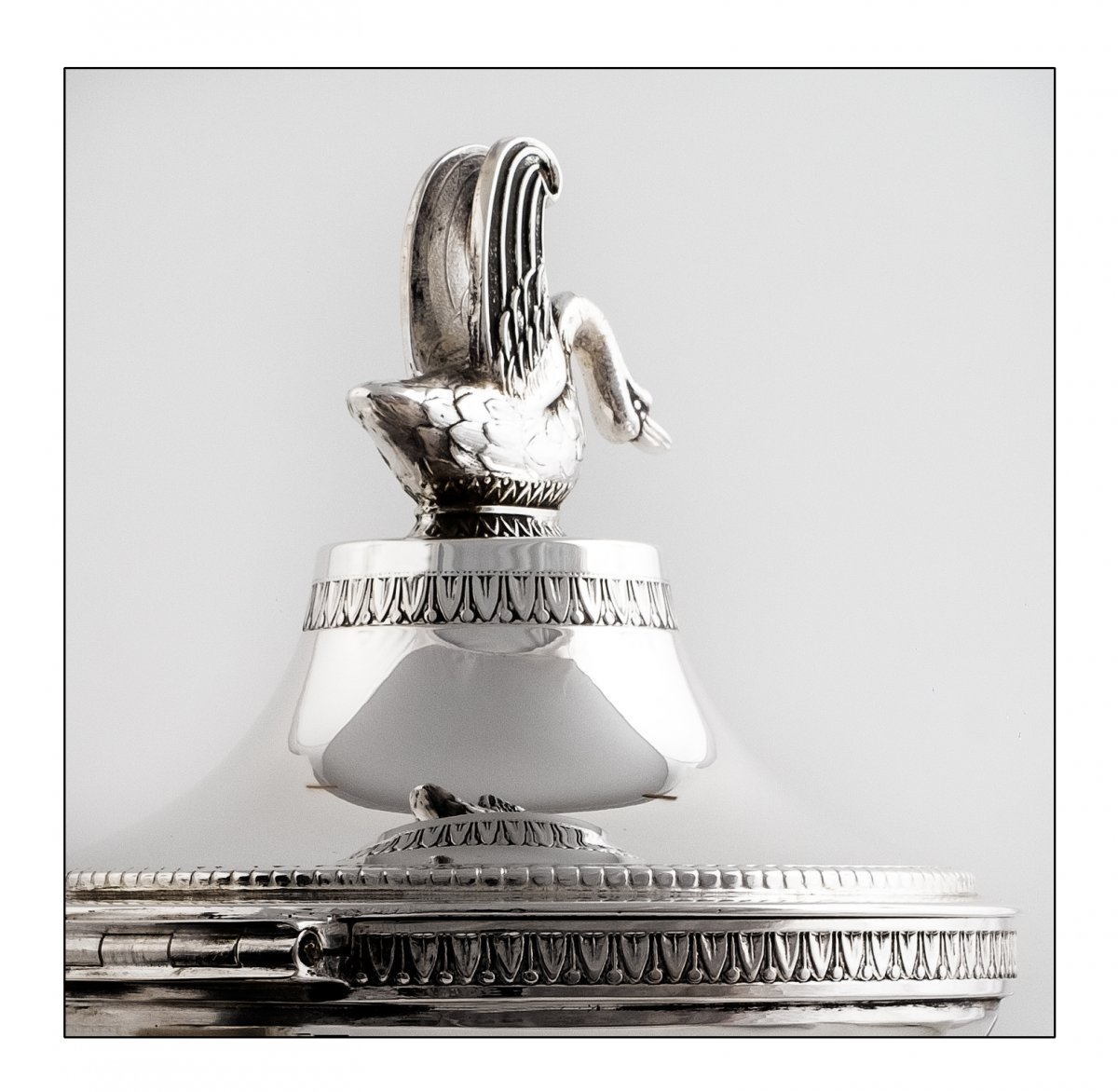

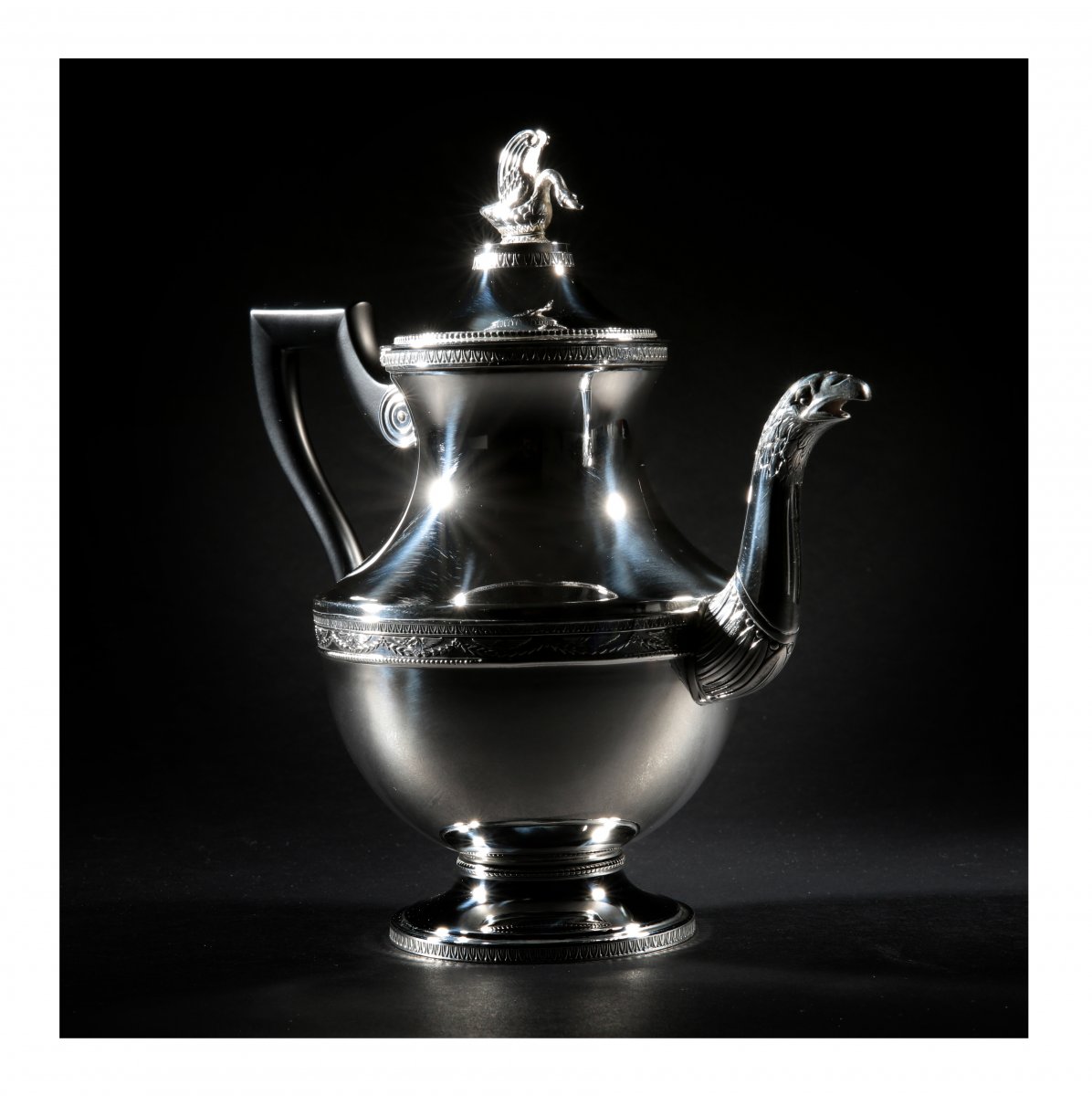
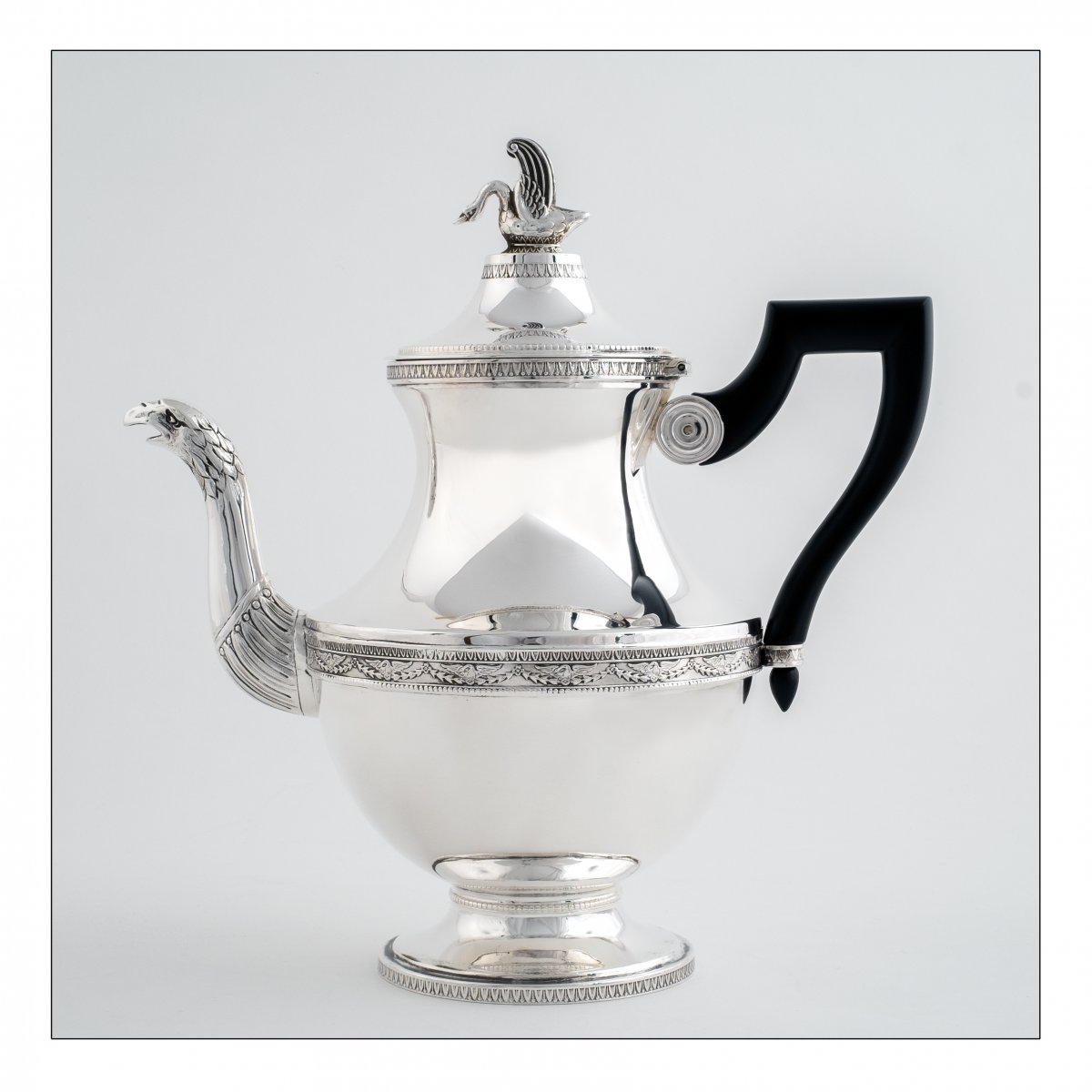
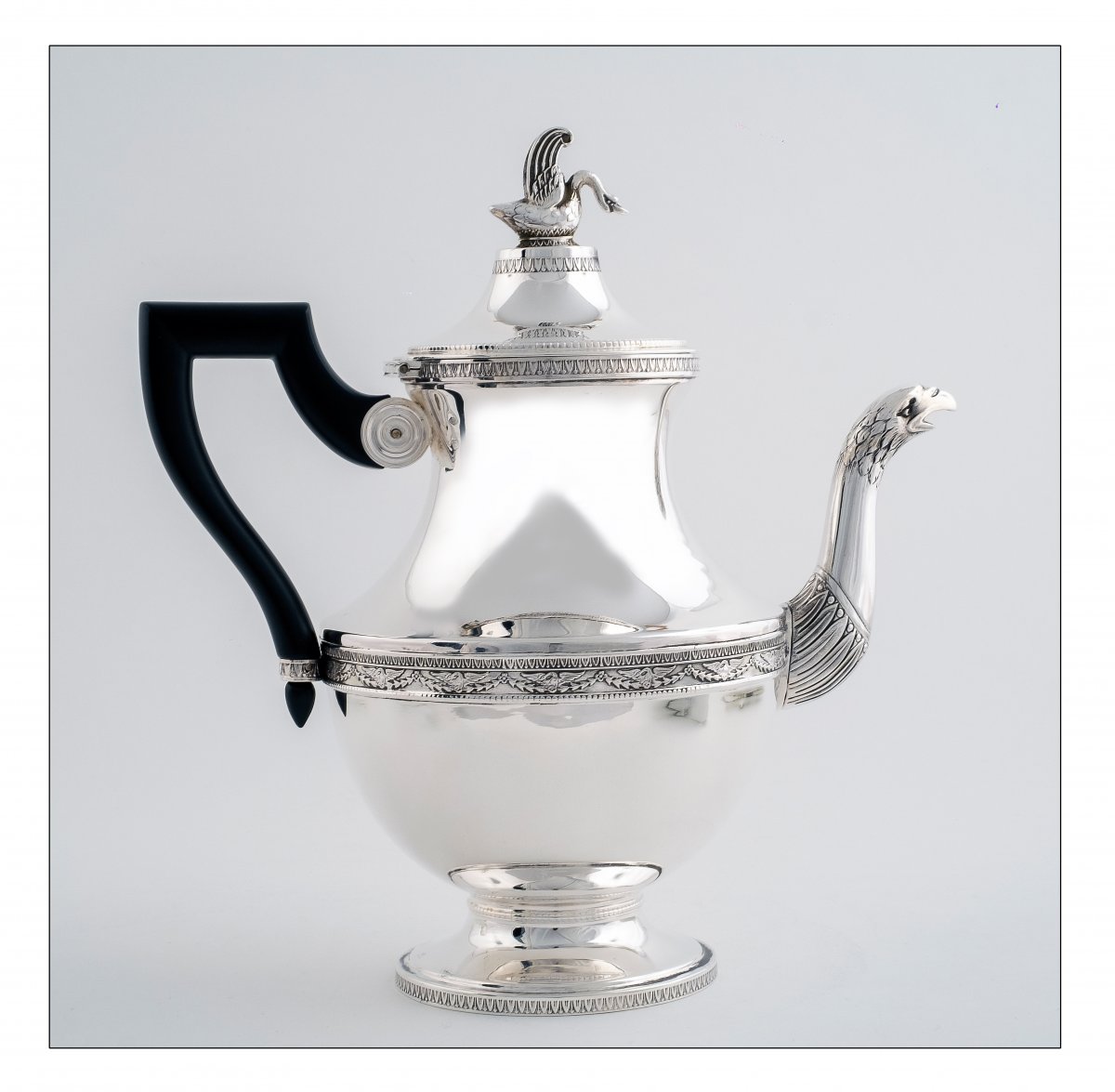









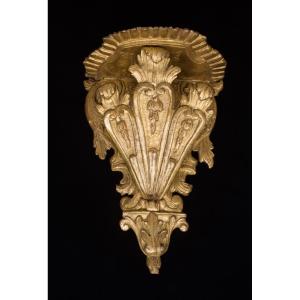

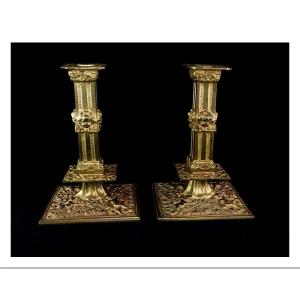
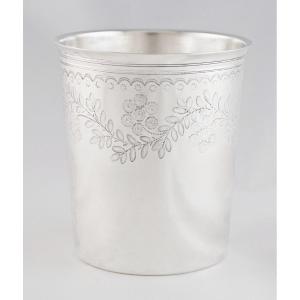

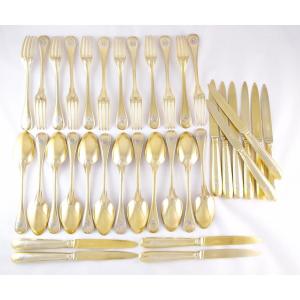


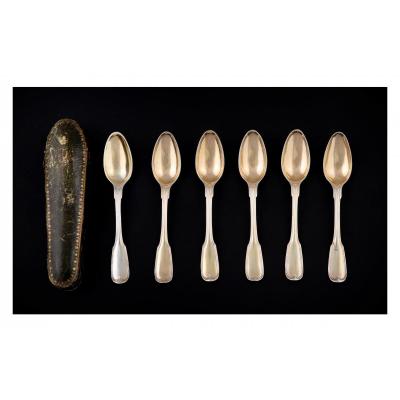
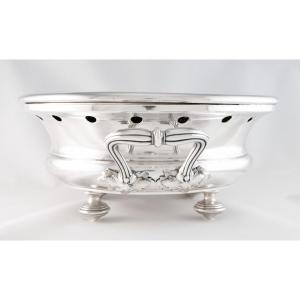

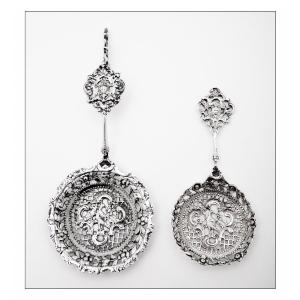
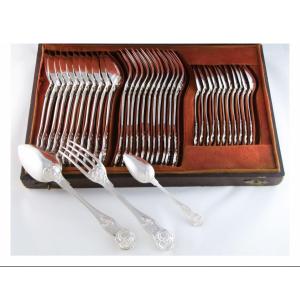


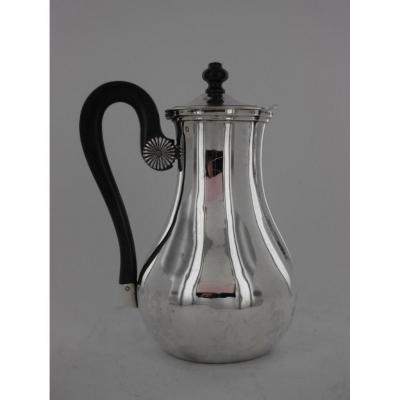


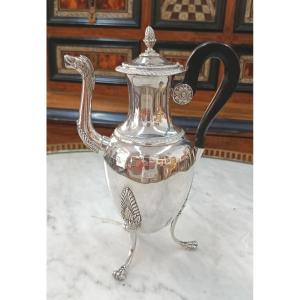



 Le Magazine de PROANTIC
Le Magazine de PROANTIC TRÉSORS Magazine
TRÉSORS Magazine Rivista Artiquariato
Rivista Artiquariato